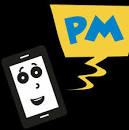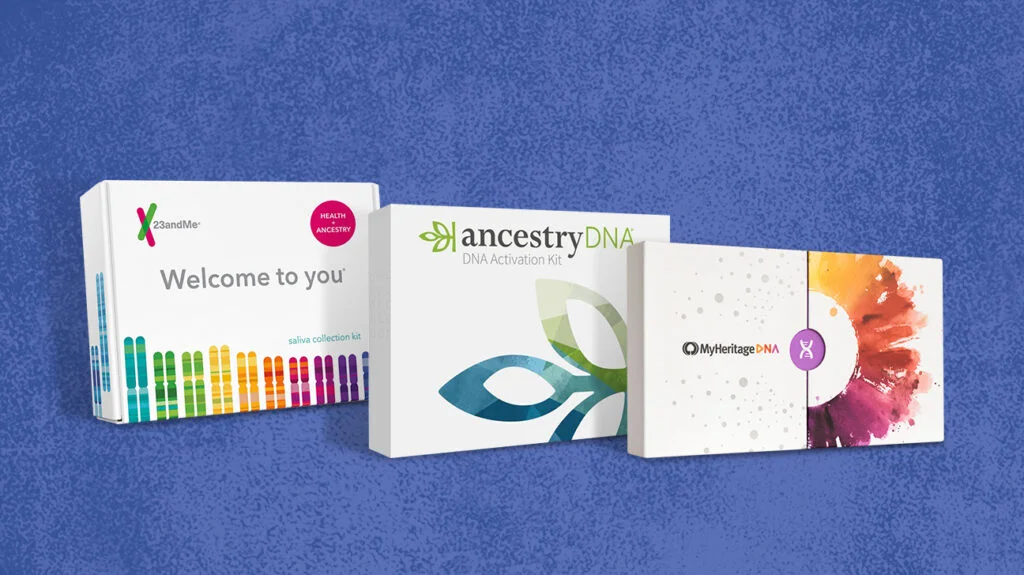Diastolic Heart Failure: Understanding Symptoms, Stages, and Treatment
Heart failure is a complex condition that can be categorized into two main types: systolic heart failure and diastolic heart failure. In this blog post, we will focus on diastolic heart failure, also known as heart failure with preserved ejection fraction (HFpEF). We will explore the causes, symptoms, stages, and treatment options for diastolic heart failure, providing you with a comprehensive understanding of this condition.
What is Diastolic Heart Failure?
Diastolic heart failure occurs when the heart’s left ventricle becomes stiff and loses its ability to relax during the filling phase, impairing its ability to adequately fill with blood. As a result, the heart cannot pump blood efficiently, leading to various symptoms and complications.
Diastolic Dysfunction
Diastolic dysfunction is a term used to describe impaired relaxation of the heart muscle during diastole, the relaxation phase of the cardiac cycle. It is a precursor to diastolic heart failure and can range from mild to severe.
Symptoms of Diastolic Heart Failure
The symptoms of diastolic heart failure can be similar to those of systolic heart failure and may include shortness of breath, fatigue, swelling in the legs, ankles, or abdomen, and difficulty exercising. However, some individuals with diastolic heart failure may experience fewer symptoms compared to those with systolic heart failure.
Stages of Diastolic Heart Failure
Diastolic heart failure can be classified into stages based on the severity of symptoms and the presence of structural or functional heart abnormalities. The American College of Cardiology (ACC) and the American Heart Association (AHA) have established a staging system, with stage 1 representing early diastolic dysfunction and stage 4 indicating advanced diastolic heart failure.
Diastolic Dysfunction Treatment
Treatment for diastolic heart failure focuses on managing symptoms, improving quality of life, and preventing complications. It typically includes lifestyle modifications such as sodium restriction, regular physical activity, managing comorbidities (e.g., hypertension), and medication management tailored to individual needs. In some cases, procedures or surgeries may be necessary to address underlying structural heart abnormalities.
Diastolic Heart Failure vs. Systolic Heart Failure
Diastolic heart failure and systolic heart failure are two distinct types of heart failure. While systolic heart failure involves reduced pumping capacity of the heart (reduced ejection fraction), diastolic heart failure refers to impaired relaxation and filling of the heart (preserved ejection fraction). The management and treatment approaches for each type may vary.
Diastolic Congestive Heart Failure
Diastolic congestive heart failure is another term used to describe diastolic heart failure. It refers to the accumulation of fluid in the lungs and other body tissues due to the heart’s inability to effectively pump blood.
Mild Diastolic Dysfunction
Mild diastolic dysfunction indicates early stages of impaired heart relaxation and filling. It may not cause significant symptoms or complications initially, but proper management and monitoring are essential to prevent progression to more severe stages of diastolic heart failure.
In conclusion:
diastolic heart failure, or heart failure with preserved ejection fraction, is a condition characterized by impaired relaxation and filling of the heart. Understanding the symptoms, stages, and treatment options is crucial for effectively managing this condition. If you experience any concerning symptoms, it is important to consult with a healthcare professional for an accurate diagnosis and personalized treatment plan. With proper management, individuals with diastolic heart failure can improve their quality of life and minimize complications.
Frequently asked Questuion:
Q1: What is diastolic heart failure?
A1: Diastolic heart failure, also known as heart failure with preserved ejection fraction (HFpEF), is a condition where the heart’s left ventricle becomes stiff and has difficulty relaxing during the filling phase. This impairs its ability to adequately fill with blood and affects its pumping efficiency.
Q2: What is diastolic dysfunction?
A2: Diastolic dysfunction refers to impaired relaxation and filling of the heart during diastole, the relaxation phase of the cardiac cycle. It is a precursor to diastolic heart failure and can range from mild to severe.
Q3: What is chronic diastolic heart failure?
A3: Chronic diastolic heart failure refers to diastolic heart failure that persists over a long period. It is characterized by ongoing symptoms and impaired heart function related to diastolic dysfunction.
Q4: What is left ventricular diastolic dysfunction?
A4: Left ventricular diastolic dysfunction specifically refers to impaired relaxation and filling of the left ventricle of the heart during diastole. It is a common cause of diastolic heart failure.
Q5: What is mild diastolic dysfunction?
A5: Mild diastolic dysfunction refers to early stages of impaired relaxation and filling of the heart. It may not cause significant symptoms or complications initially but requires proper management and monitoring to prevent progression.
Q6: What are the symptoms of diastolic heart failure?
A6: Symptoms of diastolic heart failure may include shortness of breath, fatigue, swelling in the legs, ankles, or abdomen, and difficulty exercising. However, symptoms can vary, and some individuals with diastolic heart failure may experience milder symptoms compared to those with systolic heart failure.
Q7: What is diastolic congestive heart failure?
A7: Diastolic congestive heart failure is another term used to describe diastolic heart failure. It refers to the accumulation of fluid in the lungs and other body tissues due to the heart’s inability to effectively pump blood.
Q8: How is diastolic dysfunction treated?
A8: Treatment for diastolic dysfunction focuses on managing symptoms, improving quality of life, and preventing complications. It typically involves lifestyle modifications (e.g., sodium restriction, regular exercise), controlling comorbidities, and medications tailored to individual needs. In some cases, procedures or surgeries may be necessary to address underlying structural heart abnormalities.
Q9: What are the stages of diastolic heart failure?
A9: Diastolic heart failure can be classified into stages based on the severity of symptoms and the presence of structural or functional heart abnormalities. The staging system, such as the one established by the American College of Cardiology (ACC) and the American Heart Association (AHA), helps classify the condition and guide treatment decisions.
Q10: What is stage 1 diastolic dysfunction?
A10: Stage 1 diastolic dysfunction represents early diastolic dysfunction with minimal or no symptoms. It may indicate subtle changes in heart function and stiffness. Close monitoring and lifestyle modifications are typically recommended at this stage to prevent progression to more severe forms of diastolic heart failure.




